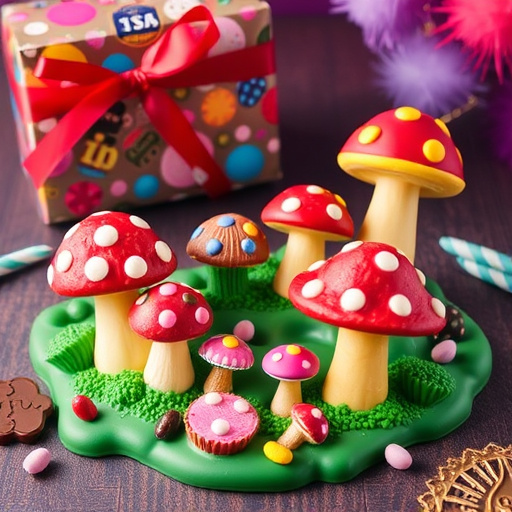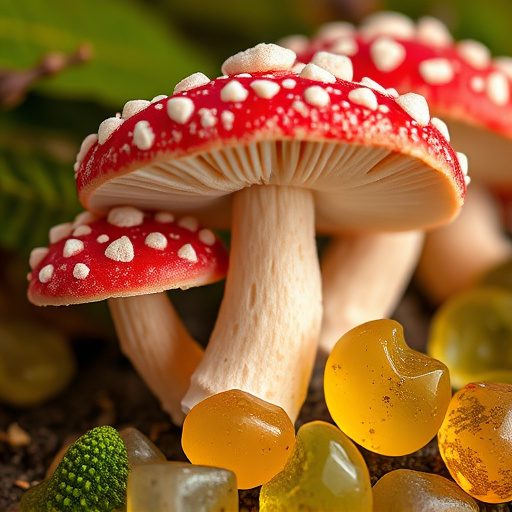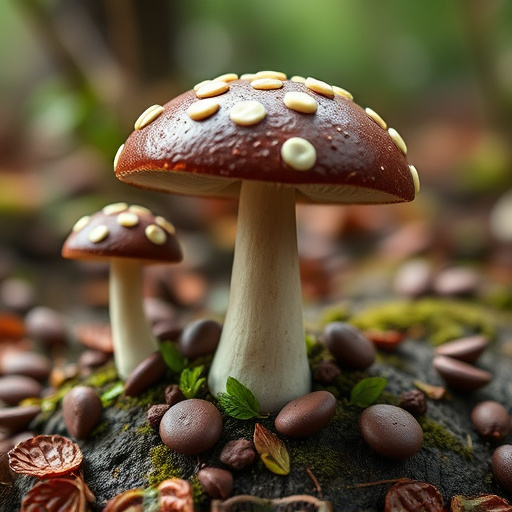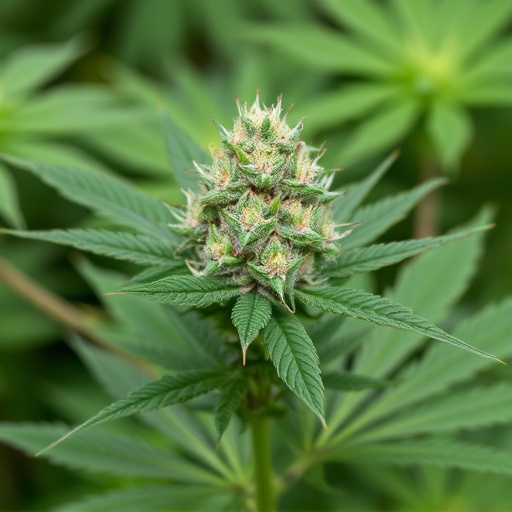When evaluating top-tier cannabis flowers, focus on dense, sticky trichomes for high potency and uniform, compact buds. Premium cannabis showcases vibrant colors, sticky texture, and visible resin glands. Avoiding discolored trichomes is crucial. The ideal leaf-to-flower ratio enhances potency, flavor, terpene concentrations, and light absorption, making low odor cannabis strains both discreet and visually appealing to connoisseurs.
Identifying top-tier cannabis flower requires a keen eye for detail. In this guide, we’ll equip you with the knowledge to discern high-quality bud from mere mediocrity. From the moment you lay eyes on the nugs, their aroma, and understand the science behind lab testing, you’ll become a connoisseur. Learn to navigate the landscape of low odor cannabis strains, where subtle scents and robust terpene profiles elevate the experience. Master these artful discernments, and you’ll unlock access to truly exceptional cannabis.
Visual Inspection
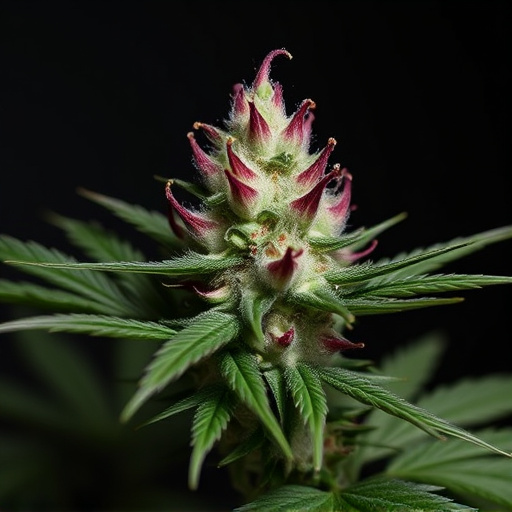
When evaluating high-quality cannabis flower, a thorough visual inspection is crucial. Start by examining the overall appearance and color of the buds. High-quality cannabis should have dense, sticky trichomes that give it a glossy, resinous coating. These trichomes often appear as tiny hair-like structures or glistening crystals on the flower’s surface. Avoid strains with sparse trichome coverage, as this may indicate lower potency and potential inferior quality.
Additionally, take note of the shape and structure of the buds. Well-grown cannabis flowers should be dense, compact, and have a uniform appearance. Buds that are lanky or have visible gaps between the pistils (the female reproductive parts) might suggest less desirable growth conditions or lower quality. Low odor cannabis strains, in particular, will exhibit minimal pungent aromas during visual inspection, making them more subtle and appealing to discreet users.
– Color and texture of the nugs

When evaluating high-quality cannabis flower, one of the first things to consider is the color and texture of the nugs (the individual buds). Top-tier cannabis often exhibits a vibrant array of colors, ranging from deep greens and purples to hints of orange or reddish hues. These colors are not just aesthetically pleasing; they can also indicate the presence of potent cannabinoids like THC. The texture should be dense and sticky, with resinous glands visible on the surface of the nugs. This stickiness is a sign of high terpene content, which contributes to both aroma and potential therapeutic effects, especially in low odor cannabis strains.
Moreover, high-quality nugs should have a uniform shape and size, with well-defined trichomes—small hair-like structures that produce cannabinoids and terpenes. These trichomes should be clear or milky white, signifying maturity and potency. Avoid flowers with discolored or cloudy trichomes, as this could indicate poor preservation or inferior quality. The overall appearance should exude a professional and refined look, free from any visible contaminants or unusual markings.
– Leaf-to-flower ratio

When evaluating high-quality cannabis flower, one key aspect is the leaf-to-flower ratio. This refers to the balance between the number of leaves and the quantity of flowers on a plant. A healthy cannabis plant should have a relatively low leaf count compared to its flower production. High-quality cannabis typically exhibits a dense arrangement of flowers, allowing for increased terpene and cannabinoid concentration. By ensuring a favorable leaf-to-flower ratio, cultivators can produce plants that offer superior potency and a more nuanced flavor profile, appealing to those seeking subtle, low odor cannabis strains.
This balance also promotes optimal light absorption, ensuring each flower receives adequate nutrition for robust development. The result is a richer, more aromatic product, catering to connoisseurs who appreciate both the visual appeal and discreet scent of their cannabis choices.
When evaluating high-quality cannabis flower, a keen eye for detail is crucial. Through visual inspection, you can assess the vibrant colors and distinct texture of the nugs, as well as balance the leaf-to-flower ratio. Remember, top-tier cannabis often exhibits a subtle, pleasant aroma rather than overwhelming scents, making low odor cannabis strains highly sought after by discerning consumers. By combining these criteria, you’ll be well-equipped to identify premium cannabis that offers a superior sensory experience.



